Creating and issuing verifiable credentials is fast becoming the norm for many SMEs and large organizations. Dock Certs was released for beta testing in early February 2022 as a no-code solution to creating and issuing verifiable credentials. Thanks to user feedback, we’ve created a better user interface and experience through continuous updates and upgrades. One of our most recent updates was the introduction of bulk issuance.
Bulk Issuance supports high customer volumes by bulk issuing verifiable credentials in batches of 100+. Simply import a CSV file and issue verifiable credentials within minutes, averaging 1 credential being issued every second.
Head to Dock Certs and test out this feature. There’s even a sample CSV file you can use.
You’ll need a DID to create a verifiable credential. When creating a DID, there are a few key types to choose from. Key types are cryptographic keys that will be used to sign the credentials you create, the key type of sr25519 is the default choice.
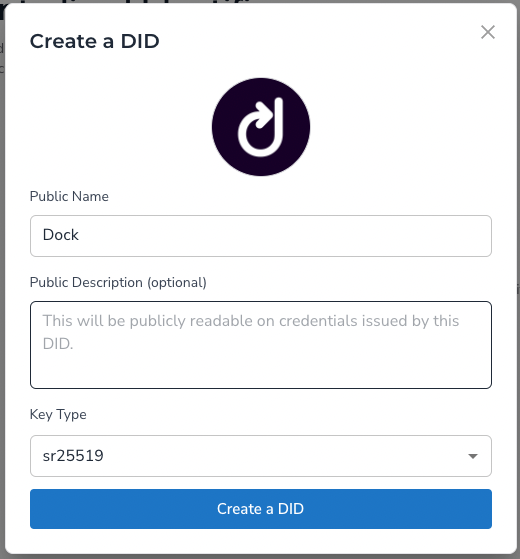
Step 1
Head back to the dashboard and click ‘Create Verifiable Credentials’. This will lead to a screen where you can choose between issuing a basic credential or a university degree credential. On the right-hand side, you’ll be able to see a mock-up design of the credential you are issuing. After selecting the issuer, click continue where you’ll be prompted to import a CSV file.
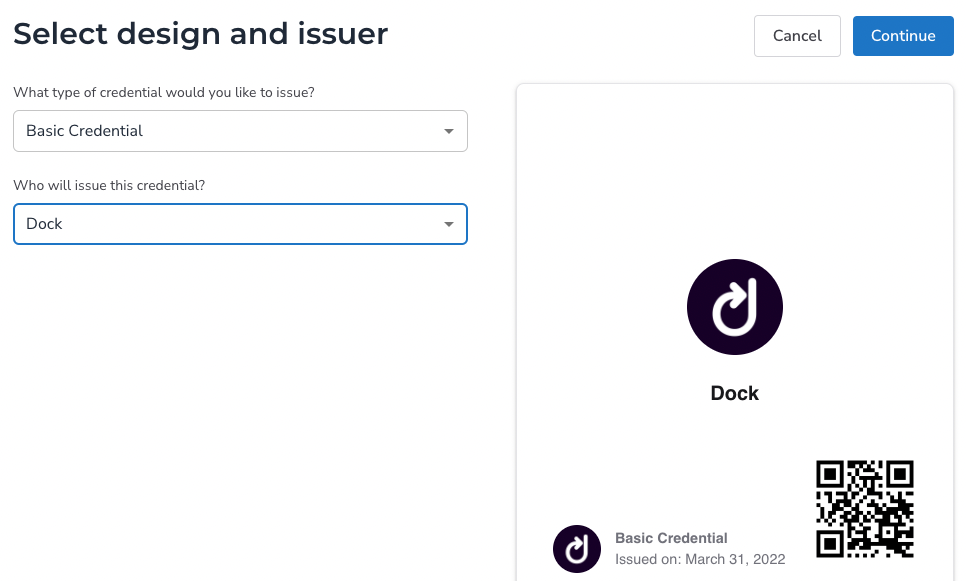
Step 2
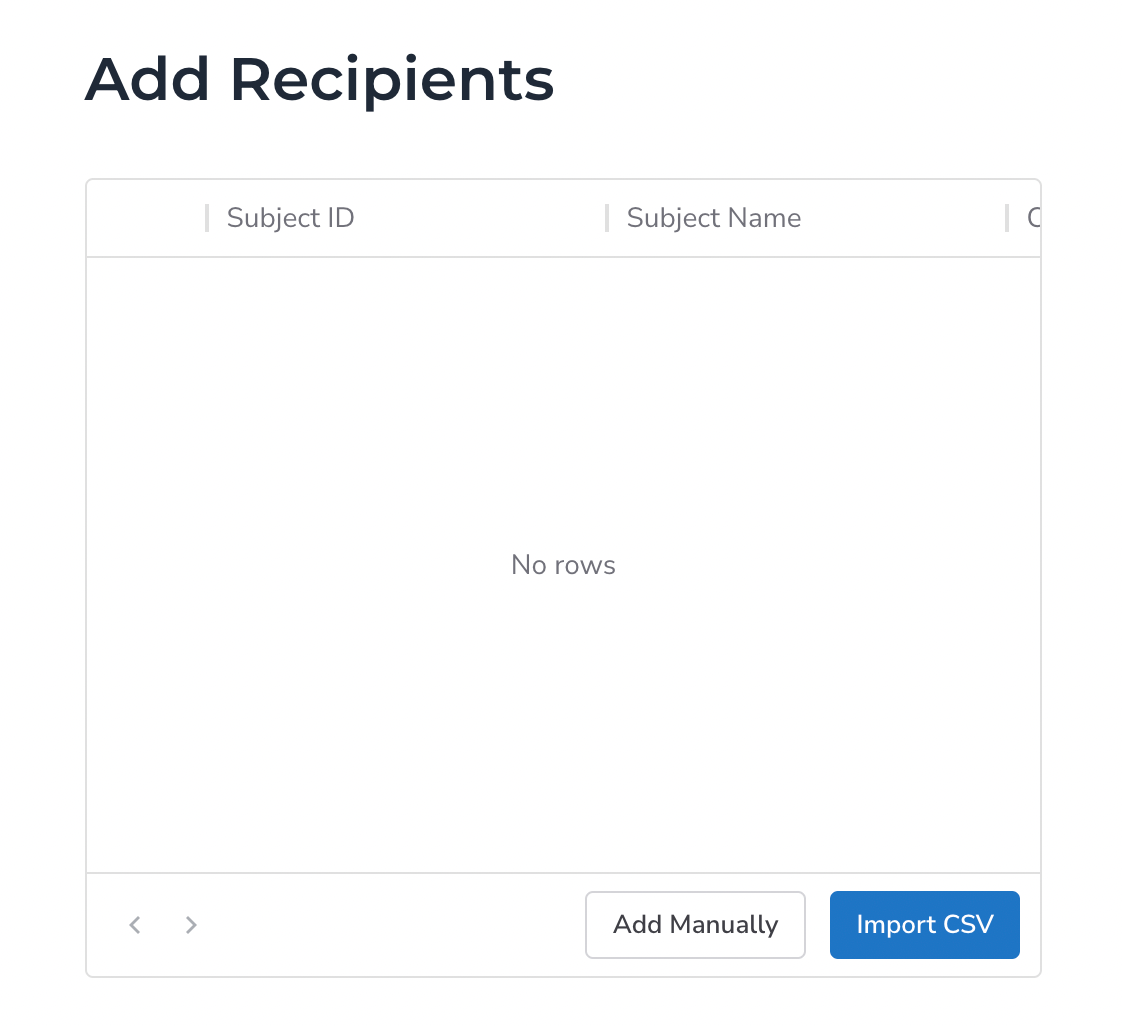
This CSV file requires 3 fields: the recipient's name, their unique identifier (like a DID or email address for example), and the date of issuance. Simply assign attributes to each field and finish importing.
Once all credential holders are listed, it’s time to define the terms of your credentials; opting for persistent credentials, allowing revoking of these credentials, and anchoring the credentials.
Persistent credentials can be accessed with a URL for the holder and verifier, its contents are encrypted and stored with Dock until you decide to delete them. This also allows credentials to be scanned with a QR code for verification. By opting to issue persistent credentials, a password is needed to store and retrieve the credentials. This password should be shared with the holder so that they can retrieve the contents.
Opting to revoke the credentials means you, the issuer, can revoke/un-revoke the credentials in the future. And finally, anchoring the credentials will publish a hash on the Dock blockchain which can be referenced in the future to verify when and who created it.
The design mock-up of the credentials remains embedded on the right side of your screen.
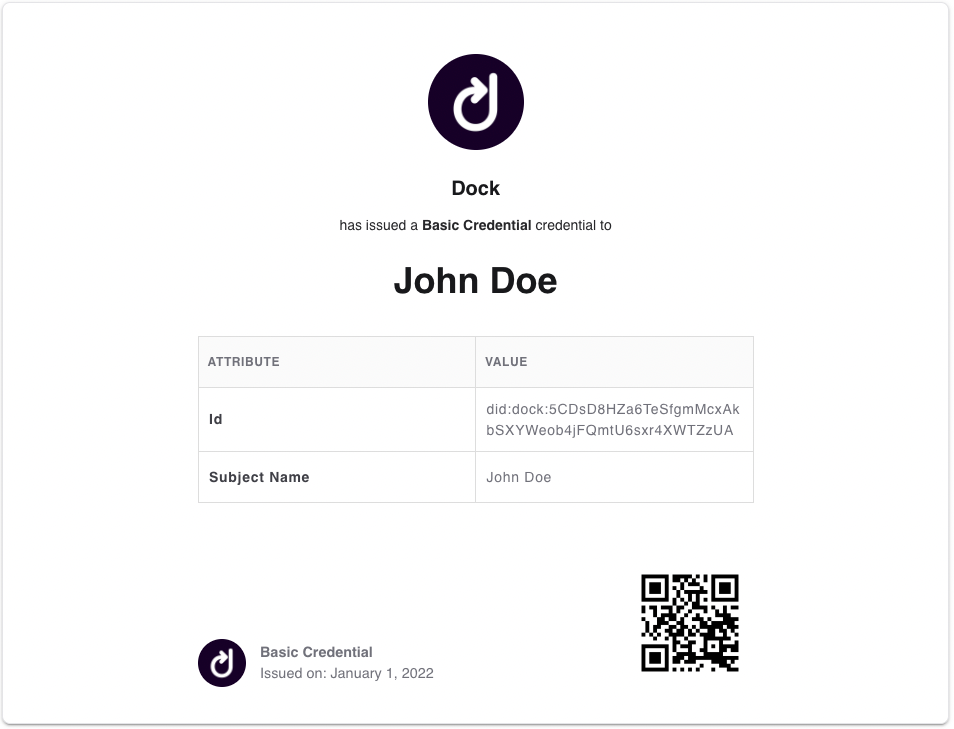
Step 3
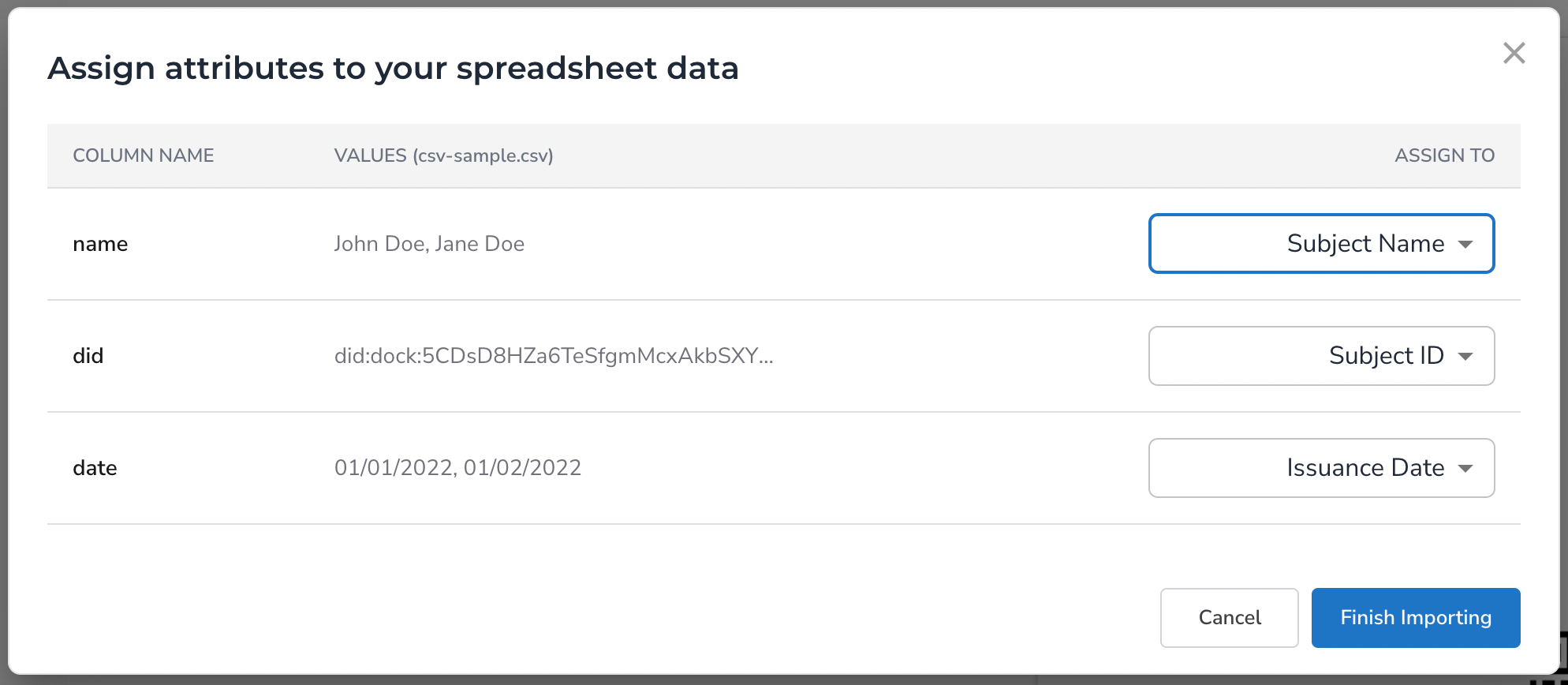
After accessing the attributes match and the terms are defined, it’s time to issue your credentials. A pop-up will appear as your credentials are being issued and will notify you when the process is complete.
Now, issuers have the option to download the credentials that have just been issued. A file containing a PDF format and JSON file of each credential (just as the holders will receive) will be downloaded for issuers to store and reference.
On the Credentials page in Dock Certs, a full list of issued credentials are available to view. Under status, you’ll see an option to ‘View the credential’ of each holder, ‘revoke the credential’ (providing this option was selected earlier in the terms) and delete the metadata.
Trial the Dock Certs Bulk Issuance Feature
Issue verifiable credentials to 100+ recipients in minutes with the new bulk issuance feature on Dock Certs. Save time from manually creating and sending credentials the old-fashioned way and introduce verifiable credentials into your workflows.
With Dock Certs, anyone can take advantage of the many benefits of verifiable credentials without the need for coding or complex integrations. Sign up and make use of your 50 free transactions.

